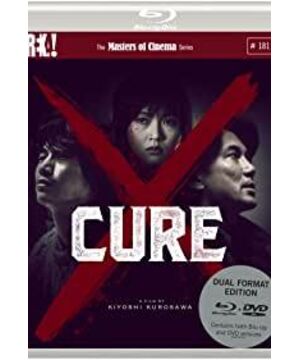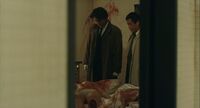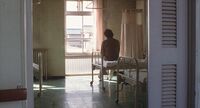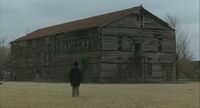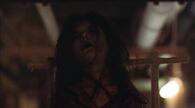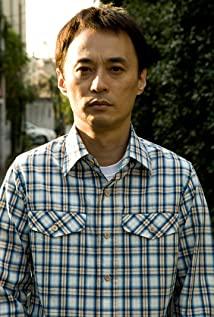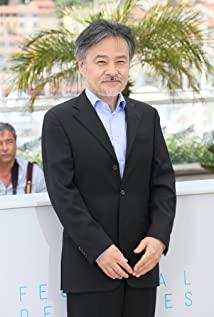Several plots seem to be difficult to give a single definitive explanation: Why did the table shake when Gao's wife told the story of Blue Beard in the hospital? (Can you contact Mamiya’s shock before escape? How much of Mamiya’s unreasonable amnesia is a disguise? Even in the end, did the senior kill his wife by hypnotizing others? (If it is understood as fantasy, it does not seem to be far-fetched, of course, the "insight" given to the audience by the waitress at the end of the credits is undoubted).
However, the most “doubt” in the film is that, in my opinion, it is the possibility of high-levels being hypnotized by Mamiya and absorbing his abilities on many plausible and illusory occasions (I remember there are three (It's more obvious): Gaoman came to prison after hallucinations of his wife's suicide. When the two talked with each other, the roof of the lighter flame was soaked out; when the Gaobei Mamiya was questioned by the people, the latter gave a brainwashing talk in his ear; and Later, the high part's trance performance in front of the phonograph.
It has to be said that these scenes provide rich materials for the audience's thinking and imagination, and whether they can solve the puzzles is actually not important.
In the first half of the film, the narration of the three hypnotic processes of Mamiya is a kind of distracting presentation: in the home of the young teacher, the mode of "talking about you" begins, and the final gaze suggests; in middle age In front of the police, the prop of a lighter appeared; the conversation with the female doctor showed the whole hypnosis process and expressed the oppressive voice of the other party. (The female doctor was driven by the desire for anatomy, the police's disgust for colleagues was released, and the burden of his wife on the senior was also spotted. The other three murders must have their own reasons.)
From the four-minute long-distance shooting of Mamiya and the young teacher on the beach (the desolate and quiet picture with the extremely oppressive sound effects), the psychologist partnered with the high part before committing suicide. After the high department searched Mamiya's residence, the breathtakingly sharp flashback appeared, and there were so many "surprise" and aftertastes to the audience, which is the brilliance of Kurosawa Kiyoshi. Regardless of whether it is the joyful tune that accompanies the first bloody incident, or the piano music that brought everything to a halt at the end of the film, I was troubled by the lack of alternative expressions to add to the cake.
Five years after I watched the film for the first time, my impression of the plot has almost disappeared. The only two places that left an impression were the corpse of the wife at the end of the film (the shadow was so deep that I chose to cover it when I watched it again) and the laundry. Two episodes of the laundry that may take less than a minute in total-a passerby talking to oneself, a dazzling red skirt, and a sign of high forgetfulness, people can't help but ask themselves: Did you miss it when you think about it and pat your head? What else.
View more about Cure reviews


